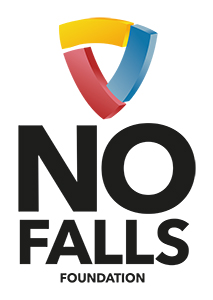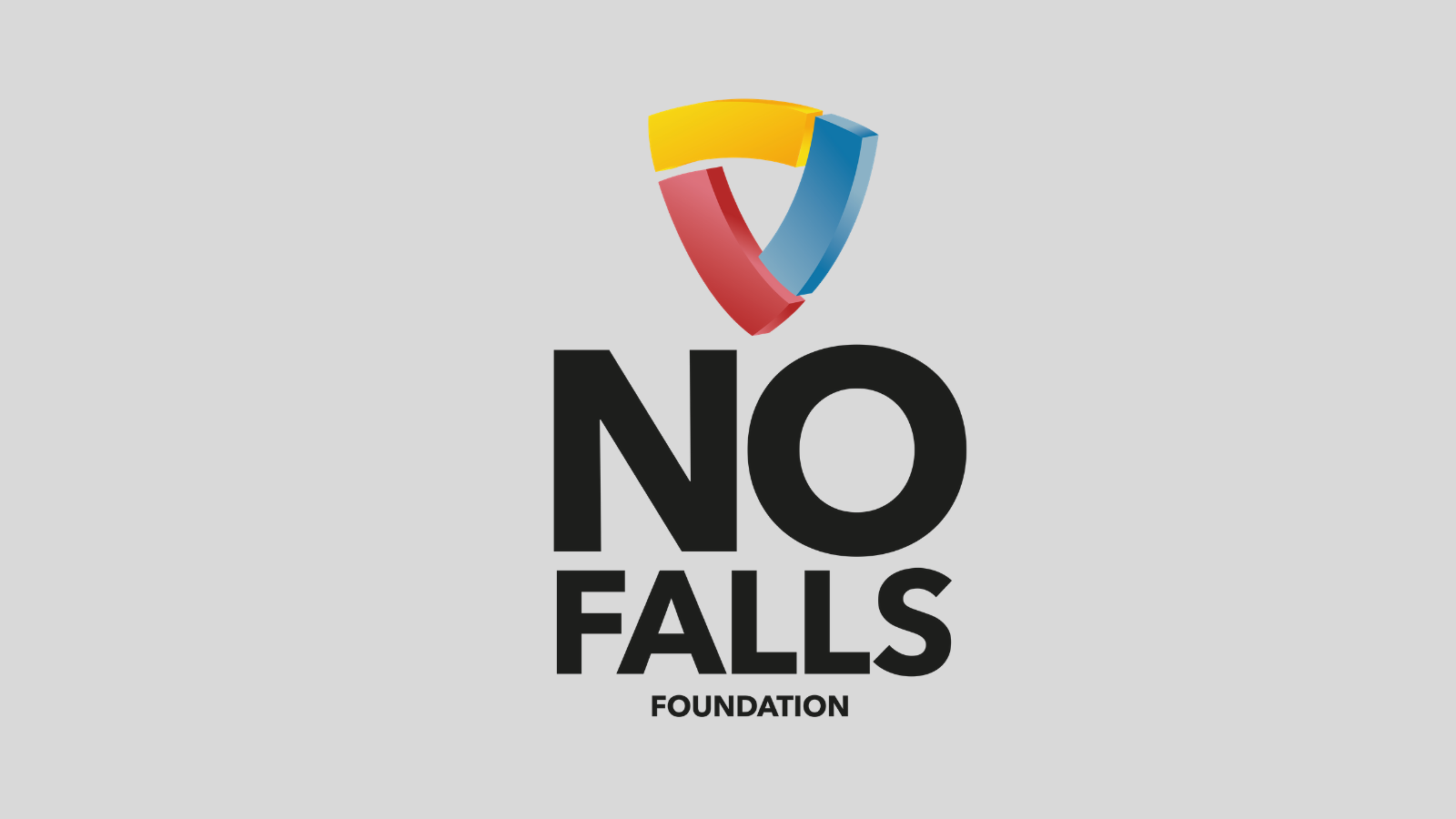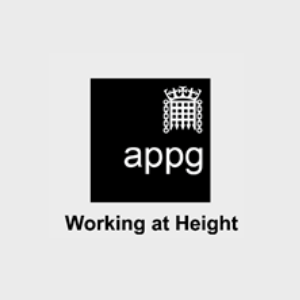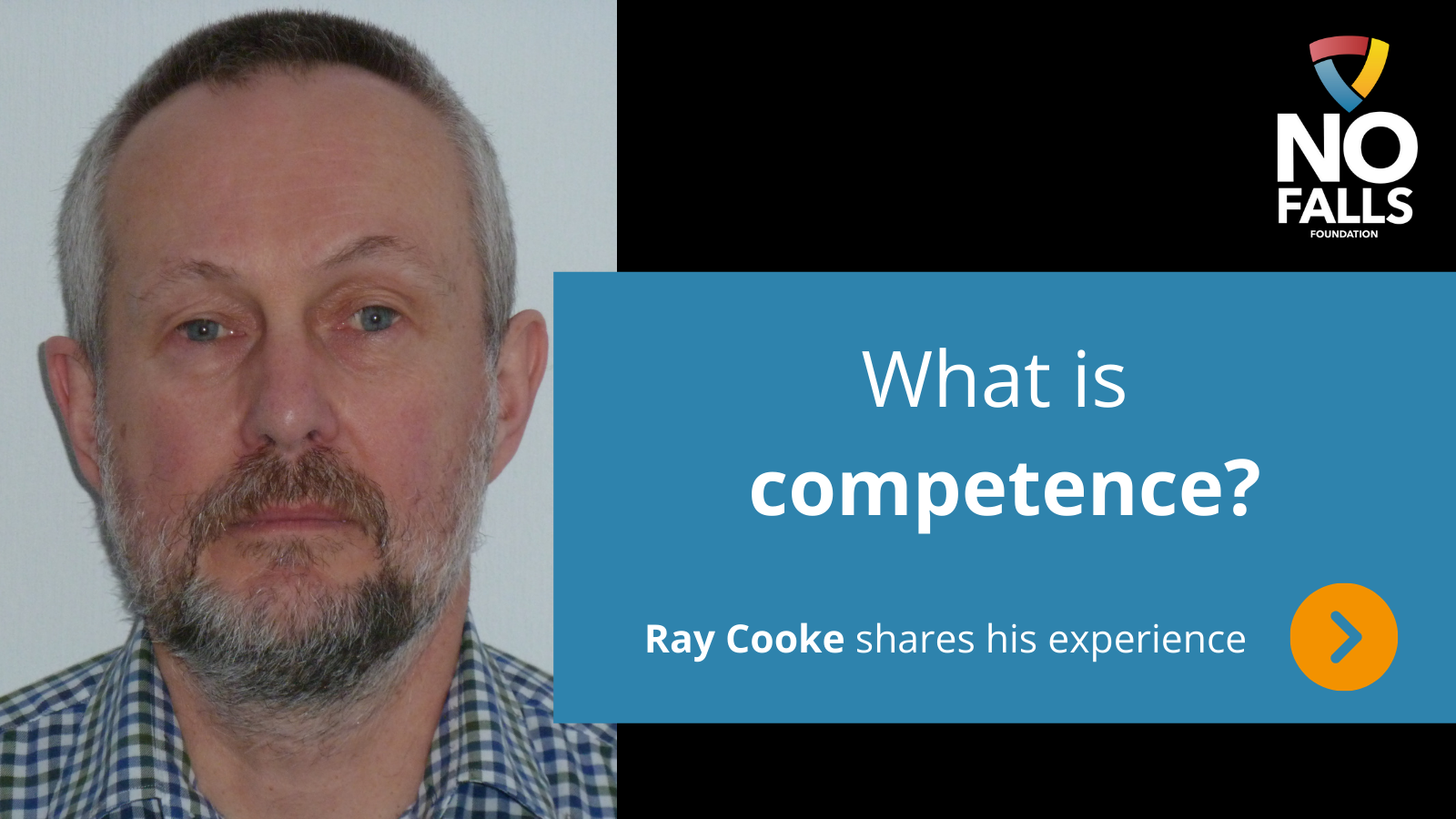What is competence? It gets mentioned frequently where work at height is concerned. Indeed, the Work at Height Regulations 2005 have a specific requirement that anyone involved in work at height, whether organising or planning such work, supervising (or managing, whether directly or indirectly) needs to be competent in whatever aspect it is they are doing.
Clearly if someone is undergoing training, they are not yet competent, but the Regulations allow for that by saying the person under training needs to be supervised by someone who is competent.
Although the Regulations do not go into detail on what is meant by competence, there is helpful guidance on the HSE website that expands on general requirements around this. This sets out competence as being the ability to undertake responsibilities and perform activities to a recognised standard on a regular basis.
It goes on to say that competence can be described as the combination of training (I will cover training in my next article), skills, experience and knowledge that a person has and their ability to apply them to manage and/or perform a task safely. Other factors, such as attitude and physical ability, can also affect someone’s competence.
While this is useful, what the HSE guidance doesn’t really go into detail on is what are the skills, knowledge and experience necessary to demonstrate competence in particular situations. It can’t really do so as there is such a wide range of situations and industries.
What it does do though is say that someone’s level of competence only needs to be proportionate to their job and place of work, so you have some judgements to make in deciding how to approach this. You would not need, for example the same competence to work in an office as you would on a construction site, so it makes sense then that the skills, knowledge and experience also need to be proportionate to the task and place of work.
Someone who only ever works with MEWPs (mobile elevating work platforms) will not need to have knowledge and skills in scaffolding techniques (other than to know that if they are ever asked to perform work using such equipment then they should not do so – part of anyone’s competence is the ability to recognise when they need to bring in someone else). And even within the MEWPs area of work, having undertaken the relevant training (and been tested on their knowledge and skills) to operate a particular class of MEWP a newly qualified operator will then be faced with a range of makes and models and need to build up their skills and experience on whichever they need to use.
So where can you go to find guidance on what is needed with respect to competence for work at height. Recognised industry bodies such as the Access Industry Forum (AIF) and its member organisations provide plenty of information that will help you determine what recognised standards exist and what is needed. It really is a case of looking for specific information. AIF members also provide good training courses, including ones specifically for managers.
HSE also suggest that information on the competence required for different industries and work activities might be found at the National Occupational Standards website or at the Federation for Industry Sector Skills and Standards (previously known as the Alliance of Sector Skills Councils) which is the designated Certifying Authority for Apprenticeships in England.
Let’s just quickly consider the additional factor of attitude/behaviour and why that is important. An example – someone learns to drive a car. That will likely involve some form of training and when the driver is considered ready, they undertake the theory and then practical elements of the driving test. If they pass, then they are considered to have demonstrated competence (ok we can argue about how much experience they have at this stage).
However, if they then go out on the road and drive like a maniac, with no thought for the safety of themselves or other road users, are they really competent? Some would say yes, but that their attitude or behaviours are the issues in question. Others would say no as they believe demonstrating proper attitude/behaviour must be a necessary part of whether you are deemed competent or not.
Personally, I don’t really care at what stage in the competence question you deal with this, as long as it gets managed properly, and this is very much a management issue.
It really is important that you make sure you are competent or use competent workers to plan, manage and undertake work at height. Getting it wrong can be very unforgiving.








